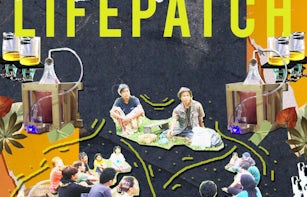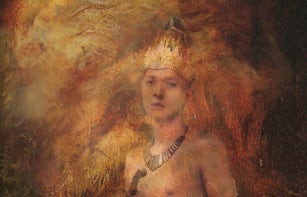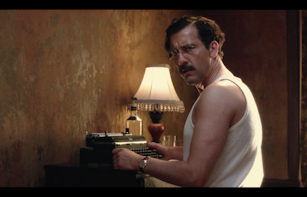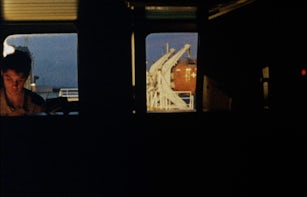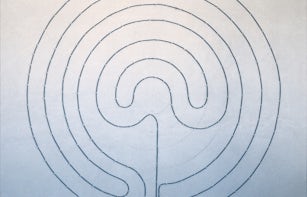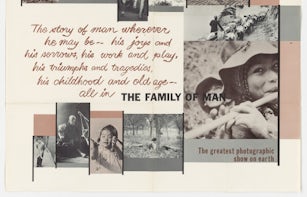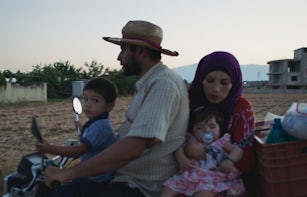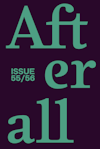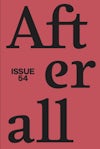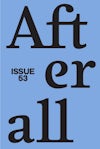
Issue 51
Spring/Summer 2021
Afterall is pleased to present issue 51, ‘Mediations’. Today, rethinking the medium in art is about approaching it as a form of mediation through its technical and material dimensions and about recognising and examining the latter in their capacities to shape experience, perception as well as setting the conditions of possibilities for the production, circulation and archiving of visual culture. What is more, with technological change and the expansion of contemporary art practices on a planetary scale, global art occupies a front seat when it comes to questioning the way regimes of the sensible are shaped under technical and material conditions, in their local and cultural specificities. Today, one needs to look at locally specific and differentiated understandings of the technicality of regimes of mediations. Afterall’s long-standing interest in examining and diagnosing ‘minor’ artistic positions – be it from a geographical or historical frame – is furthered by paying attention to a plurality of artistic languages, not only to their regional or cultural conditions, but to their technical-material conditions as well.
Editors: Amanda Carneiro, Nav Haq, Amber Husain, Mark Lewis, Adeena Mey, Charles Stankievech, Chloe Ting.
Founding editors: Charles Esche, Mark Lewis.
Table of contents
Contextual Essays
- Lifepatch. Situated Assemblages of Un-Situated Things – Rosalia Namsai Engchuan
- On the Persistence of the Non-modern – Yuk Hui
- Or Other, or Both – Isobel Harbison
- The Imagination of Isolation: On Current Practices in Aotearoa – Remco de Blaaij
Artists
- Under One or Several Flags – David Teh
- The Supercut and the Irrecoverable Past: Ho Tzu Nyen’s The Nameless and The Name – Jaimie Baron
- Sensory Worlds. Rosalind Nashashibi’s Proxemic Lens – Nav Haq
- Rosalind Nashashibi: Cold Open Day – Mike Sperlinger
- Inaudible and Invisible Matters: Sound and Light in Christina Kubisch’s Sonic Practice – Anne Zeitz
- Experiences in the Vicinity of Christina Kubisch’s Auditory Art Object – Seth Ayyaz
Events, Works, Exhibitions
Foreword
Written by Adeena Mey
This issue is one of transition. Its content was conceived by an editorial team passing the baton to another one. In this sense, it is also one of transmission. It is also one of delay, as the selection of artists, contexts, event, works and exhibitions presented here were initially selected for Issue 50. This edition, the second designed by Pacific, is also the first to adopt this new aesthetic fully rethought for the next issues to come. The life of a journal is made of these concrete realities and processes and what is brought into existence as a finished object in fact results from a multitude of micro-operations. The appearance of something completed is only the organisation of messiness, discontinuities, unevenness, the product of negotiations enabling the intellectual and sensible experience a journal like Afterall hopes to offer. Editors are mediators, a journal a medium.
It is also under the umbrella of questions of medium, media and mediation that one is invited to enter and read Issue 51. In recent years, art historical and theoretical debates have been marked by increasing concerns for questions of mediation. On the one hand, this has brought back to the scene what might have been thought to be long gone discussions around ‘the medium’ in art while, on the other, contemporary art discourse has been confronted with fields of study such as media studies (in both their English-speaking and German variants, drawing from theorists Marshall McLuhan and Friedrich Kittler, respectively) or media archaeology, reopening reflections not only on the modes of mediation in art, but also on their materialities. Today, rethinking the medium is about approaching art as a form of mediation through its technical and material dimensions and about recognising and examining the latter in their capacities to shape experience, perception as well as setting the conditions of possibilities for the production, circulation and archiving of visual culture. What is more, with technological change and the expansion of contemporary art practices on a planetary scale, global art occupies a front seat when it comes to questioning the way regimes of the sensible are shaped under technical and material conditions, in their local and cultural specificities. In this regard, ‘understanding media’ today, to paraphrase McLuhan, but also to reorient them to respond to the contemporary crux of aesthetics and politics, indeed necessitates one look at locally specific and differentiated understandings of the technicality of regimes of mediations. As philosopher Yuk Hui has suggested, the modern paradigm might be understood as the generalisation of a linear and homogeneous temporal order synchronising all other logics according to Western rationality, a process exacerbated by globalisation. And so, to resist and articulate alternatives to modernity and to champion and produce a proliferation of ‘technodiverse’ milieus, theory and practice must reconstruct a cosmological and historical understanding of the relationships between the traditional and the modern, the local and the global, and between Asia, Africa, Latin America – to name but them – and the West, an approach Hui calls cosmotechnical.
Purchase
The publication is available for purchase. If you would like specific articles only, it is also available individually and to be downloaded as PDFs.
Purchase full publication
Buy via University of Chicago Press
Buy via Central Books
Purchase individual articles
Buy via University of Chicago Press
